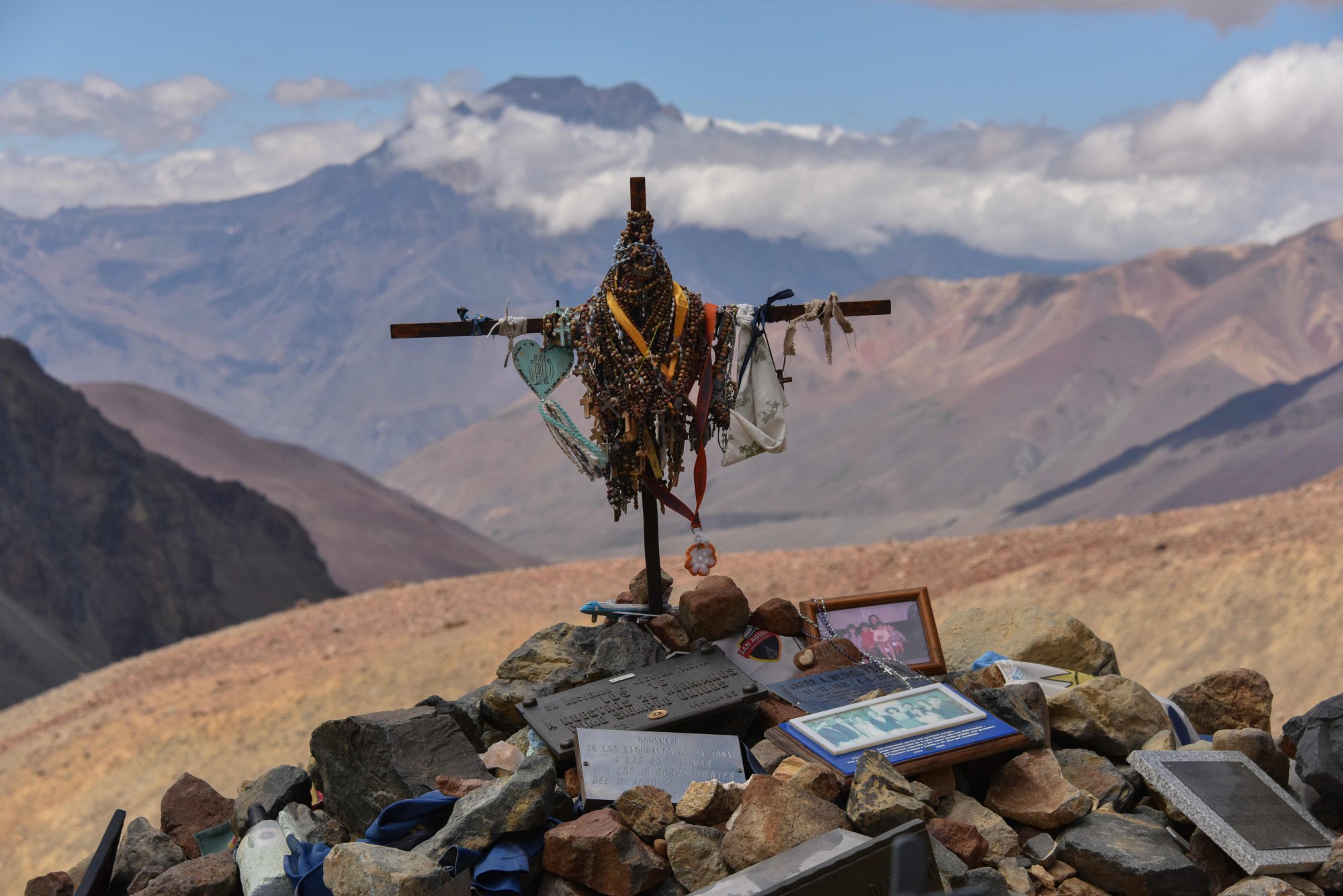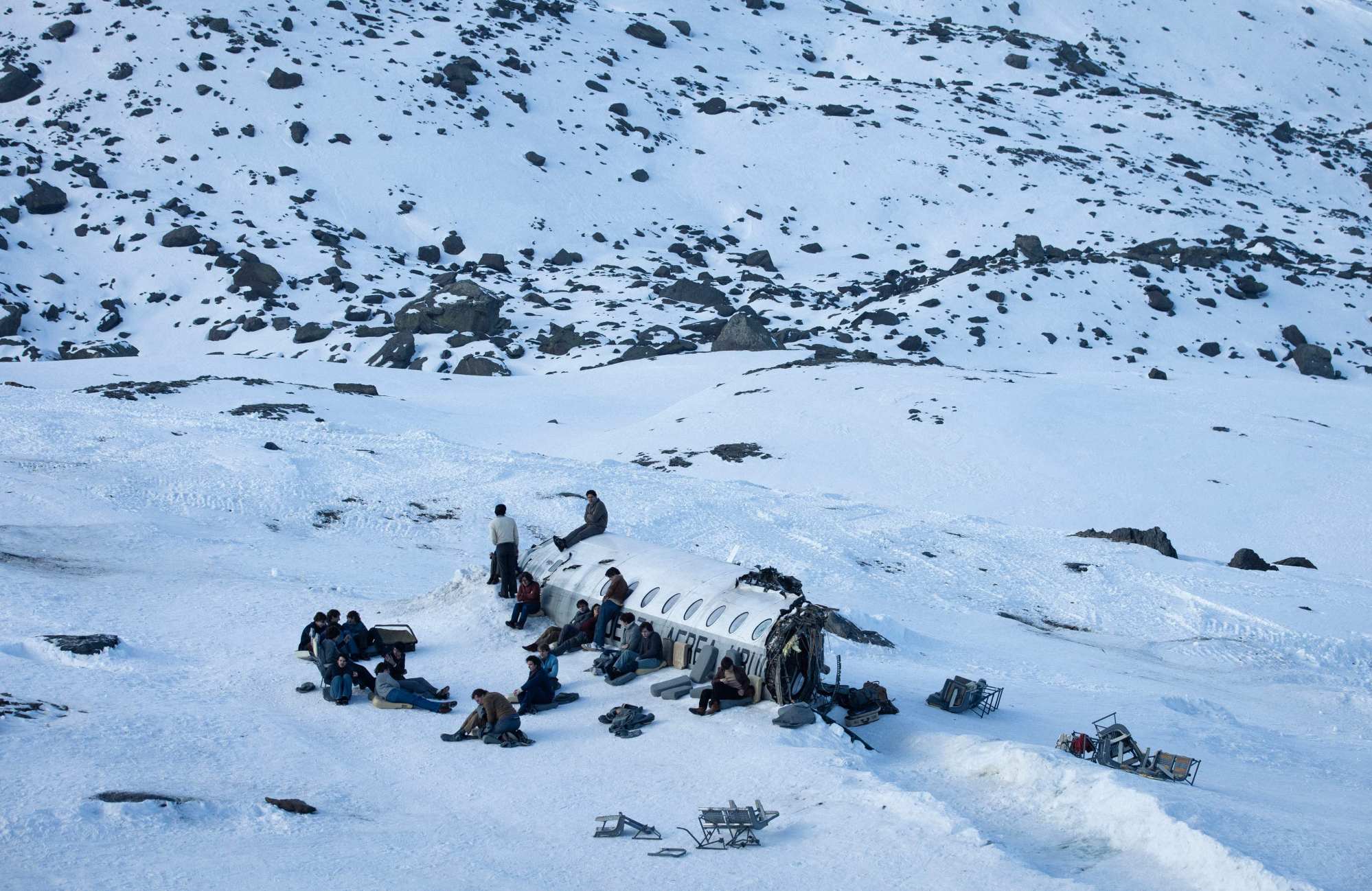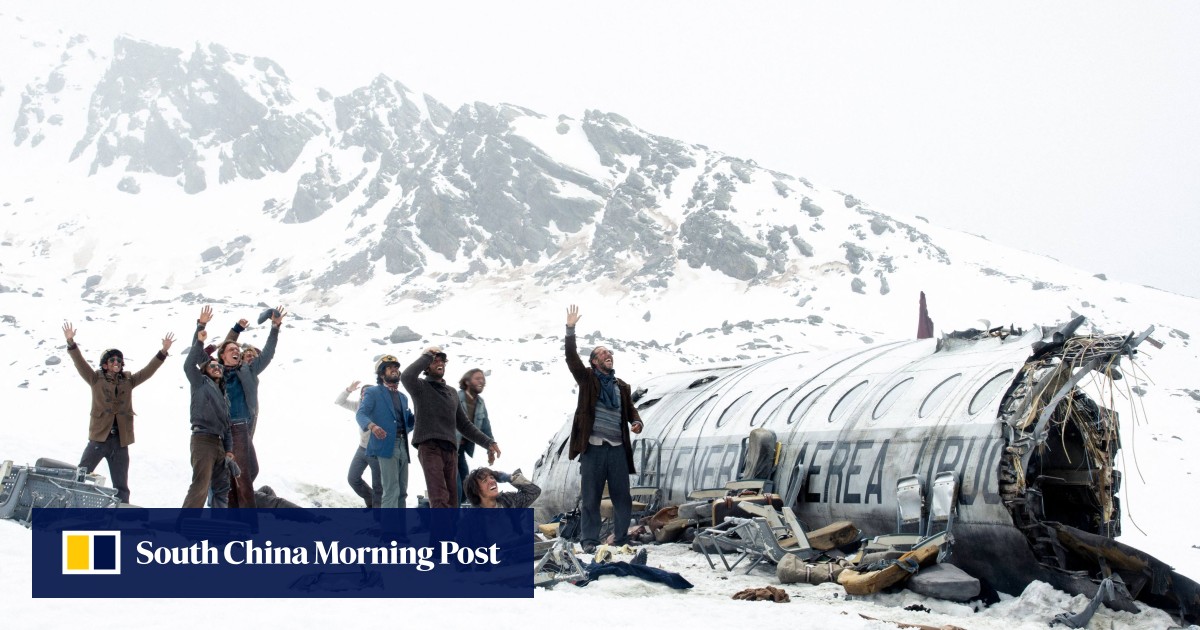“We all have our own personal mountain range,” Canessa says. “And there are many people who are climbing the mountain right now. We must tell them not to be discouraged, to keep going.”

The film’s title and story are taken from a book of the same name by Uruguayan writer Pablo Vierci, who collected the testimonies from various members of the “society”.
‘Stunts keep Chan ahead’: every 90s Jackie Chan Hong Kong film rated
‘Stunts keep Chan ahead’: every 90s Jackie Chan Hong Kong film rated
For Canessa, the name represents the pact that was born when the survivors realised that “civilised society had left us aside”.
“When you’re in a rugby team on a plane to Chile to play a match, and suddenly you crash … of course, as human beings, you assume that people will come to rescue you,” he says. “But the days begin to pass … you have to make your own water, you have to eat the dead because otherwise you will die.
“The dead are there, next to you. You begin to see the death of another person not with sadness for him, but sadness for you, because it is like you are on a waiting list.”

On October 13, 1972, a plane with 45 people on board – members of the Old Christians rugby team, and some family members and crew – crashed on the Argentine side of the Andes. The crash tore the plane apart, and killed several people, including the pilot, immediately.
Survivors took shelter in the plane’s fuselage, but freezing temperatures – particularly at night – thwarted attempts to trek down the mountain to safety.
Others died during the 72 days they remained trapped in the Valley of Tears, from avalanches, infected wounds and the dire conditions.
There’s no way to tell this story unless you go through suffering
“What happened to us in the Andes is absurd,” says Canessa, one of just 16 who lived to tell the tale. Eventually, Canessa and another survivor endured a remarkable 10-day trek over a mountain peak and into Chile to find rescue, using improvised equipment.
The accident and their feat have been addressed previously on the big screen, in the 1993 film Alive, starring Ethan Hawke.
But Bayona wanted to tell the story in his native language, with local actors, and felt there was still “something that was missing … It was giving those who had not returned the chance to express themselves. Finding that twist gave meaning to our film,” he said.

Numa Turcatti, who helped marshal his increasingly desperate friends throughout their ordeal in the Andes, is the main hero of Society of the Snow.
For 30-year-old Uruguayan actor Enzo Vogrincic, it was the role of a lifetime, but an intensely difficult challenge.
To portray the impact of the hostile mountain environment, the actors gained and shed considerable weight, and spent hours immersed in the snow.

“There’s no way to tell this story unless you go through suffering,” he says.
Hungry and constantly cold on set, Vogrincic – who even shot scenes while feverish – described filming the scenes of the two avalanches that struck the survivors as torture.
“It was almost a scientific film, an experiment to make the poor actors go through the same hardships as us … with the advantage that they got to leave at the end of each day,” joked Canessa. “It is a super-light version of what happened on the mountain. We had it much worse. If I had a film of how we had it, audiences would leave the theatre,” he adds.
Sit in the cinema and let yourself be carried away by thinking about what you would do if the plane in your life crashed
Society of the Snow was selected as the closing film at the Venice film festival, and has earned nominations for January’s Golden Globes and Critics Choice Awards.
It is also Spain’s official entry for the Oscars, and has made the final shortlists of possible nominees for best international film, best visual effects, best score and best make-up and hairstyling.
Academy Award nominations will be unveiled in January.
Canessa says the trek through the Andes taught him to take life step by step, and he believes the film serves as a useful metaphor for people to think about how they can react to their own challenges.
“Sit in the cinema and let yourself be carried away by thinking about what you would do if the plane in your life crashed,” he says.

